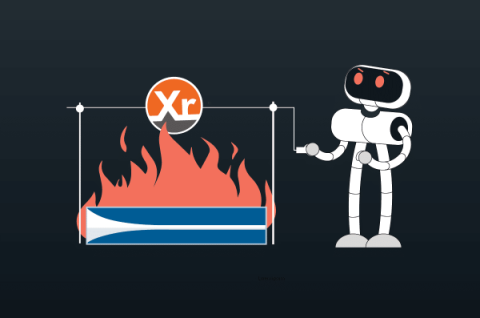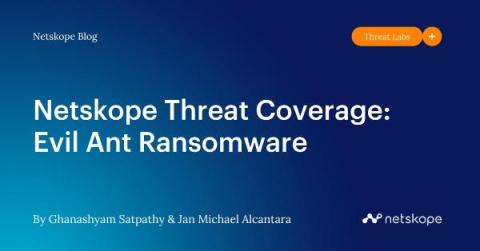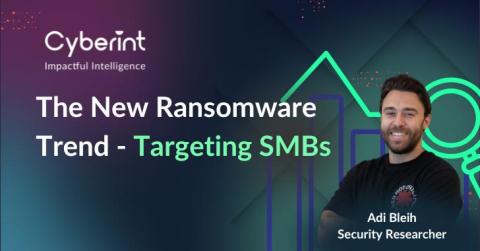CVE-2024-3400: Critical Palo Alto PAN-OS Command Injection Vulnerability Exploited by Sysrv Botnet's XMRig Malware
On Friday, April 12, 2024, Palo Alto Networks PAN-OS was found to have an OS command injection vulnerability (CVE-2024-3400). Due to its severity, CISA added it to its Known Exploited Vulnerabilities Catalog. Shortly after disclosure, a PoC was published.











